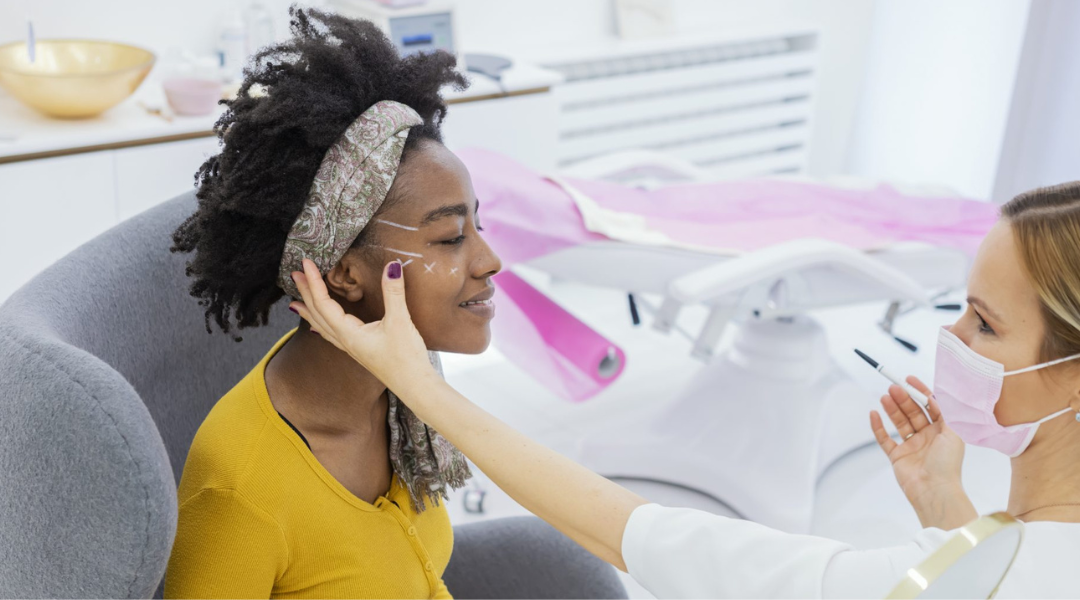In the UK, becoming an aesthetician typically involves completing a structured training program and obtaining the necessary qualifications. Here are the general steps you would need to follow to become an aesthetician in the UK:
Research and Choose a Training Program:
Look for reputable beauty schools or training centers that offer courses in aesthetics or beauty therapy. Ensure that the program you choose is accredited by relevant industry bodies and provides comprehensive training in various aspects of skincare, treatments, and hygiene.
Enroll in a Beauty Therapy Course:
Enroll in a Beauty Therapy Course: Many beauty schools in the UK offer courses in beauty therapy or aesthetics. These courses provide theoretical knowledge as well as practical hands-on experience. Some of the topics you might study include skincare techniques, facial treatments, waxing, makeup application, and more.
Complete Training and Practical Hours:
Complete Training and Practical Hours: During your course, you’ll have the opportunity to practice various aesthetic procedures on clients under the supervision of experienced instructors. Practical training is a crucial aspect of becoming proficient in the skills required for the profession.
Obtain Relevant Qualifications:
To work as an aesthetician in the UK, you’ll need to obtain a recognized qualification. The most common qualification is the Level 2 and Level 3 Beauty Therapy Diploma, which covers a wide range of beauty treatments, including those related to aesthetics. Some courses may also offer specialized modules or additional qualifications in aesthetics.
Gain Work Experience:
After completing your training and obtaining the necessary qualifications, gaining practical work experience is essential. Consider working in a spa, beauty salon, or aesthetic clinic to further develop your skills and build a client base.
Obtain Insurance and Licensing:
Depending on your location and the specific treatments you plan to offer, you may need to obtain liability insurance and any required licenses or permits to practice as an aesthetician.
Continuous Professional Development (CPD):
The beauty and aesthetics industry is always evolving, with new techniques and products constantly emerging. It’s important to engage in continuous learning to stay updated on the latest trends and advancements in the field.
Join Professional Associations:
Consider joining professional associations in the beauty and aesthetics industry, such as the British Association of Beauty Therapy and Cosmetology (BABTAC) or the Federation of Holistic Therapists (FHT). Membership in such associations can provide networking opportunities, access to resources, and credibility within the industry.
It’s important to note that regulations and requirements may vary depending on the region within the UK, so it’s advisable to check with relevant local authorities and industry organizations for the most up-to-date information.

